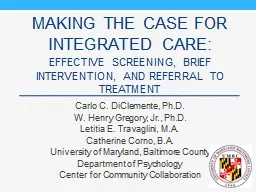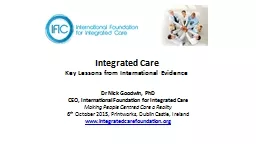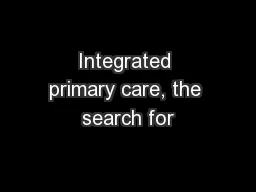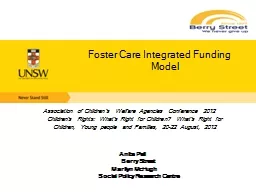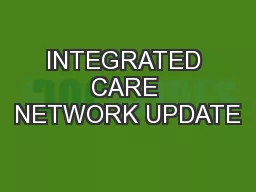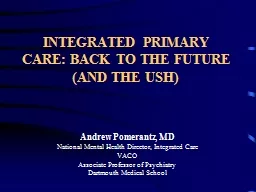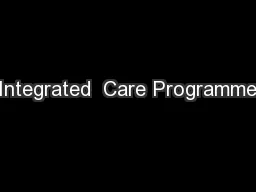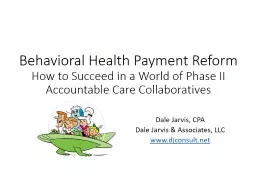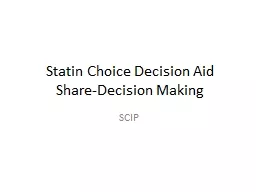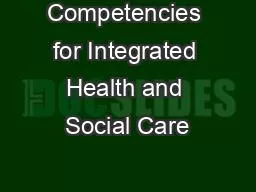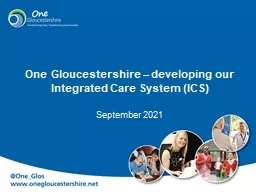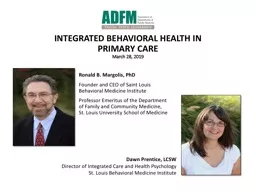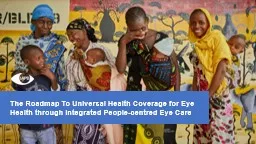PPT-Making the Case for Integrated Care:
Author : alexa-scheidler | Published Date : 2015-09-23
Effective Screening Brief Intervention and Referral to Treatment Carlo C DiClemente PhD W Henry Gregory Jr PhD Letitia E Travaglini MA Catherine Corno BA University
Presentation Embed Code
Download Presentation
Download Presentation The PPT/PDF document "Making the Case for Integrated Care:" is the property of its rightful owner. Permission is granted to download and print the materials on this website for personal, non-commercial use only, and to display it on your personal computer provided you do not modify the materials and that you retain all copyright notices contained in the materials. By downloading content from our website, you accept the terms of this agreement.
Making the Case for Integrated Care:: Transcript
Download Rules Of Document
"Making the Case for Integrated Care:"The content belongs to its owner. You may download and print it for personal use, without modification, and keep all copyright notices. By downloading, you agree to these terms.
Related Documents

